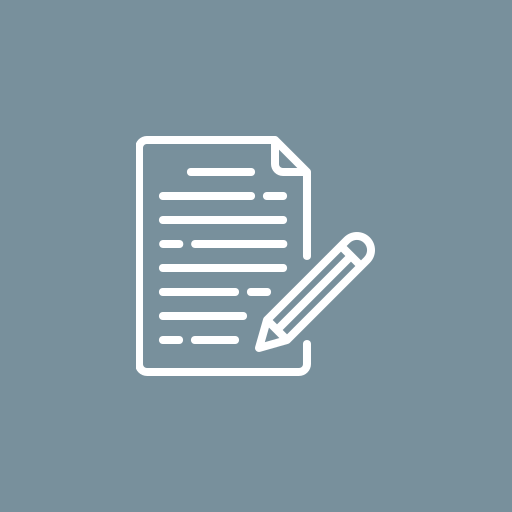Best Tools for Prototyping Interfaces in Product Design
When it comes to creating seamless digital experiences, interface design in product design plays a critical role. From wireframes to interactive mockups, prototyping tools are essential in bridging the gap between a rough concept and a production-ready product. Whether you're working solo or collaborating with a larger design team, the right tools can elevate your workflow, enhance communication, and cut down on endless revisions.
In this guide, we’ll explore some of the most effective tools for prototyping interfaces and break down what makes them worth your time—especially for mid-level designers looking to refine their process and build better products.
Why Prototyping Tools Matter in Interface Design
Before diving into specific tools, let’s quickly revisit why prototyping is a non-negotiable part of modern product design. In a world driven by user experience, static visuals aren’t enough. Teams need to test, validate, and iterate on ideas quickly—and that’s where prototyping tools come in.
They allow you to:
-
Visualize interactions early on
-
Gather real-time feedback
-
Collaborate across disciplines
-
Reduce miscommunication between design and development
In short, effective prototyping leads to better interface design—and ultimately, better products.
1. Figma — The Collaborative Powerhouse
If there's one tool that’s taken over interface design in product design, it's Figma. Loved by designers and product teams alike, Figma’s cloud-based setup makes real-time collaboration feel effortless.
Why it works for prototyping:
-
Interactive components and variants
-
Built-in version control
-
Seamless handoff to developers via Inspect mode
-
Plugin ecosystem (e.g. Autoflow, Figmotion)
Pro tip: Use Figma’s Smart Animate feature to simulate micro-interactions. It’s a subtle detail that can make your prototypes feel incredibly lifelike.
2. Adobe XD — Integrated and Intuitive
Adobe XD offers an intuitive interface, especially for designers already working within Adobe’s ecosystem. It’s ideal for creating high-fidelity prototypes with minimal ramp-up time.
Standout features:
-
Auto-Animate for motion design
-
Voice prototyping for accessibility and smart interfaces
-
Component states for managing interactivity
-
Easy integration with Photoshop and Illustrator
Use case: If your workflow heavily involves visual assets from Adobe tools, XD offers a natural extension into interface prototyping.
3. Axure RP — The Enterprise Favorite
For complex products with heavy UX logic or B2B platforms that need conditional flows and advanced interactions, Axure RP is a standout. While it has a steeper learning curve, its capabilities go far beyond basic UI prototyping.
Why pros love it:
-
Logic-based interactions (if/then conditions, variables)
-
Dynamic content and adaptive views
-
Great for stakeholder presentations
Tip: Use Axure when you need to demonstrate the "thinking" behind a flow, not just the look.
4. ProtoPie — High-Fidelity Without Code
ProtoPie focuses on creating highly realistic interactions without writing a single line of code. It’s often used by teams testing complex gestures, transitions, or animations.
Ideal for:
-
Gesture-based UI prototypes
-
Voice and sensor-based interactions (e.g. gyroscope, camera)
-
Connected device flows (IoT, automotive, etc.)
Note: While not ideal for early wireframing, ProtoPie shines in the final prototyping stages.
5. Framer — For Code-Comfortable Designers
Framer bridges the gap between design and development with React-based components and real-time previewing. It’s best suited for designers who aren’t afraid to tinker with code.
What sets it apart:
-
Full freedom with interactive logic
-
Smooth handoff to engineers
-
Supports live data in prototypes
Best for: Teams aiming to get as close as possible to the production-ready experience before dev work begins.
6. UXPin — Merge Design and Code
UXPin takes prototyping a step further with its “Merge” feature, which lets teams use actual code components in prototypes. This creates a tighter loop between design and engineering.
Why it’s gaining traction:
-
Real React components inside the design tool
-
Excellent for design systems consistency
-
Logic-based interaction design
Audience fit: Mid-level designers in enterprise or SaaS settings will benefit most from UXPin’s ability to scale design systems.
Choosing the Right Tool: Key Considerations
No tool is universally perfect—it all depends on your workflow, team size, and the complexity of your product. Here's what to ask when narrowing your options:
-
Do you need real-time collaboration? → Figma, Adobe XD
-
Is your prototype logic-heavy? → Axure RP, UXPin
-
Are animations a big part of your UX? → ProtoPie, Framer
-
Are you in an agile dev environment? → UXPin, Framer
Evaluate tools not just on their features, but also on how well they plug into your existing ecosystem. You don’t want to spend more time syncing tools than designing interfaces.
Tips for Getting the Most Out of Prototyping Tools
1. Keep Your Files Clean
A tidy prototype file is easier to navigate—especially when working in teams. Use proper naming conventions and group layers logically.
2. Prototype With Purpose
Don't try to prototype every possible interaction. Focus on the user flows and screens that matter most.
3. Test Early and Often
Even mid-fidelity prototypes can reveal usability issues. Don’t wait until it’s pixel-perfect to get feedback.
4. Don’t Neglect Mobile
With mobile-first design dominating many industries, make sure your prototypes reflect responsive realities.
Final Thoughts
Mastering interface design in product design means more than creating good-looking screens—it’s about crafting experiences users can intuitively navigate. The tools you choose can make or break how efficiently you reach that goal.
Whether you're leaning into Figma’s collaborative workflow, diving deep with Axure’s logic capabilities, or prototyping smart devices with ProtoPie, the key is to align your tools with your design goals.
Mid-level designers have an edge: you’ve got the fundamentals down, now it's time to sharpen your toolbox.




